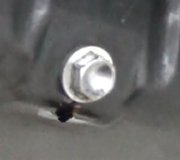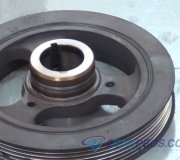Friday, November 30th, 2012 AT 12:59 AM
My 2000 Dodge Durango 4x4 was recently transported from North Carolina to Oregon as part of a job relocation. The week before I had it shipped, I had a garage inspect the vehicle. Other than replacing the worn battery terminals, everything else checked out. The car ran fine for a week, then it was loaded on a transport truck and driven away. When it arrived in Oregon 12 days later and was unloaded from the transport truck, I instantly got a dashboard warning "check gauges" and an airbag alarm. The dash gauge out of spec was the battery gauge, which indicated an overcharge condition (18v). I took it to a dealership, that identified the problem as a faulty powertrain control module. I had it replaced, then asked them what could have caused such a condition and could I link it to the recent transport. They said the only thing they could think of would be if, during transport, the battery had died (i.E, a dome light left on) and they had tried to charge it attaching the + and - wrong. They couldn't say this had actually occurred, so they had no way of determining whether the PCM was caused by anything the transport companies might have done. Do you know if a PCM could fail during transport of a vehicle, and if that failure was due to mishandling by the transport company? Thanks.


